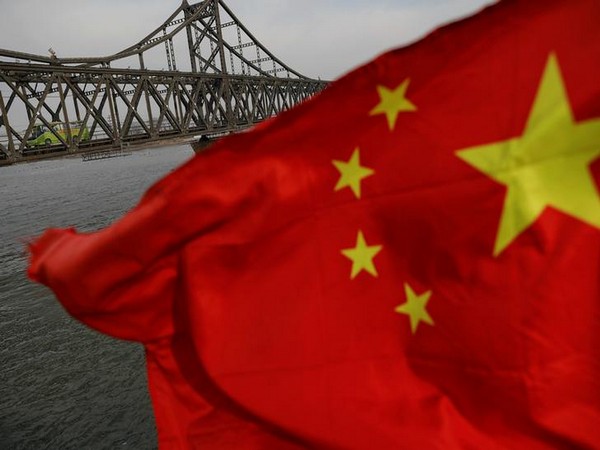White Papers by Beijing reek of propaganda, polemics, and hyperbole which are common characteristics seen in an authoritative regime.
White Papers in governmental terms are generally policy documents that set proposals for future legislation and governance, but, White Papers by Beijing move beyond this simple definition and are more of a self-appraisal, where they simultaneously set their own procedures and narratives of One China principle, said Tenzing Dhamdul, a Tibetan refugee born in India and currently is a Research Associate at the Foundations for Non-Violent Alternatives (FNVA), New Delhi, writing in Tibet Rights Collective (TRC).
China has recently released one of its preposterous White Papers on Taiwan after a gap of more than 20 years in direct response to US speaker Nancy Pelosi’s bold visit to the Island nation.
China, the Taiwan Affairs Office of the State Council and The State Council Information Office in particular have released three White papers on Taiwan in the years 1993, 2000 and 2022.
Beijing frequently brings such blatant White Paper on occupied Tibet, East Turkistan (Xinjiang), Southern Mongolia etc. It has also become an extended arm of the government that consolidates and propagates the One China narrative, said Tenzing Dhamdul.
The purpose of these White papers are aimed at giving people a set notion of ideas carefully crafted lauding the functioning of the Communist party regime.
In fact, when China of recent times claims to be one of the best viable alternative mode of governance to Liberal democracy, a large chunk of their arguments are based on the manipulated data, figures and flimsy statistics illustrated in these papers. The paper is in English to garner the largest readership, reported TRC.
The papers are a manifestation of official documents with the sole purpose of self-appraisal and self-lauding. It is a notorious entity that is constantly used by Beijing in validating its claim over occupied regions.
The White Paper on Tibet last year in light of the so-called 70-year celebration of the Liberation of Tibet, indicates very clearly to the audience how it was China that has liberalized Tibetans without a single mention of the democratic aspirations of the people, which some have raised through the form of self-immolation protest, reported TRC.
In the Taiwan White paper, there was a call of reunification constantly and in fact, that very term was used 108 times in the whole text. It describes the stress and significance placed upon reunification, which is something that China views as the final piece of its jig-saw in bringing forth a United One China, said Tenzing Dhamdul.
One thing that the current People’s Republic of China (PRC) does not compromise on, is the One China principle. They keep it as an agenda that must be followed if any country wishes to seek diplomatic, economic, political and social ties with China.
The One China principle states that there is only one China and is a policy apparatus that completely wants to engulf not only Taiwan, but also Tibet, East Turkistan and other occupied groups who does not believe in One China, reported TRC.
Since, its inception and replacing of Taiwan in international forums, Beijing has constantly been ratcheting up the ante on the One China principle. Recently after Nancy Pelosi visited Taiwan on August 2nd, 2022 there was a huge campaign on social media and various diplomatic agencies were undertaken to state how almost 80 per cent of the world’s population supported the One China Principle.
This clearly illustrates how Beijing keeps this principle close to its hearts and a form through which it is manifested implicitly to the world is through the White Papers, said Tenzing Dhamdul.

